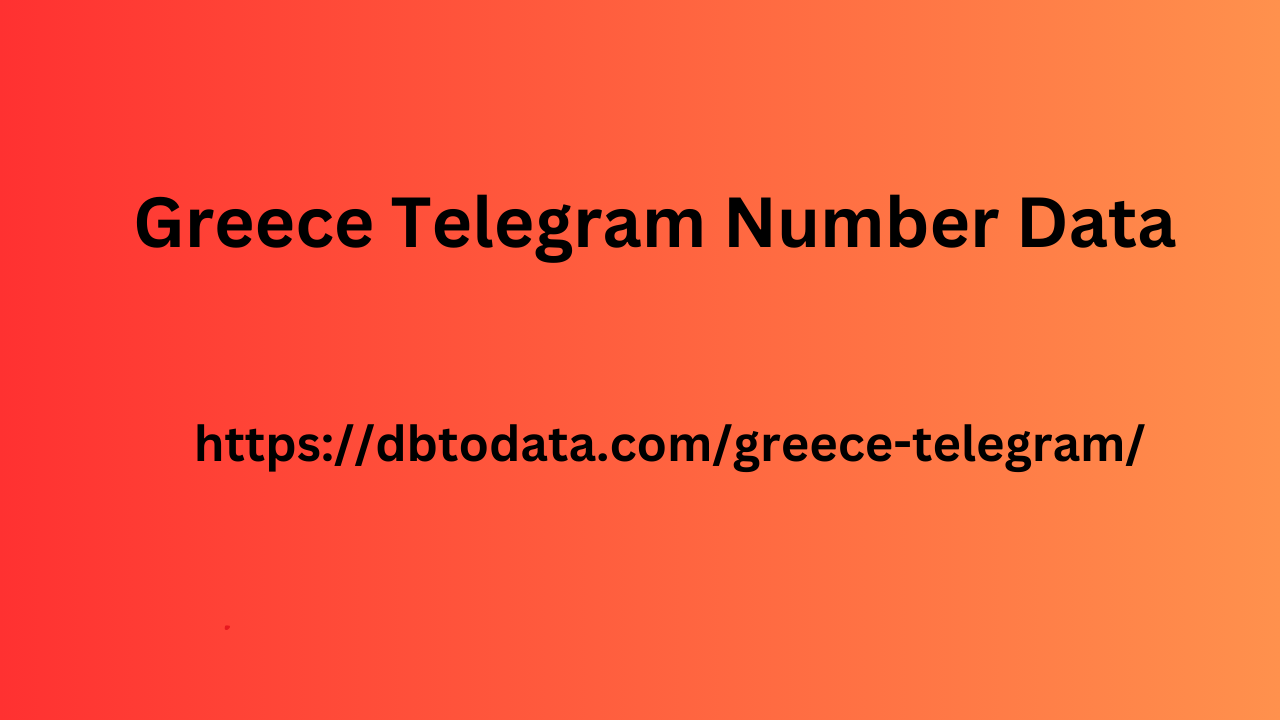Post by account_disabled on Mar 5, 2024 9:45:13 GMT
Evergreen content is particularly useful because it does not "expire" , so once published it continues to generate traffic and attract new visitors for a long period. Furthermore, this content can exploit various trends: Recurrences : Content related to recurring events, such as anniversaries or holidays, can be planned well in advance and reused every year. Product or Service Reviews : Detailed reviews of the products or services offered by your brand are always relevant to potential customers. Guides and user manuals. This content provides lasting value to visitors, who may be looking for information on how to use a product or service. Rankings : Rankings of the best products or services in your industry can attract an interested audience and remain relevant for a long time.
Fluid editorial plan A fluid editorial plan is a flexible Greece Telegram Number Data approach to content planning , which adapts to changes and opportunities that may emerge over time. This type of plan does not include detailed content planning, but an organization ready to collect ideas and materials that could arrive at any time. The concept of fluidity is closely linked to flexibility : a fluid editorial plan takes into account external factors that can influence the publication of content. These can include corporate events, festivals, industry news, or any other happening that may provide the opportunity to create relevant and timely content. With a fluid editorial plan, communication becomes more direct and "instant" , allowing the brand to always remain updated and in tune with its audience.

This type of plan requires great adaptability and a good dose of creativity, but it can lead to very rewarding results in terms of audience engagement and content relevance. diagram of the fundamental marketing elements in an editorial plan Editorial plan and editorial calendar: differences In the world of content marketing, the terms "editorial plan" and " editorial calendar " are often used interchangeably, but they represent two distinct concepts that perform complementary functions. The editorial plan is the communication strategy that defines what to publish, on which platforms and for which audience. This is a document that outlines the themes of the content.
Fluid editorial plan A fluid editorial plan is a flexible Greece Telegram Number Data approach to content planning , which adapts to changes and opportunities that may emerge over time. This type of plan does not include detailed content planning, but an organization ready to collect ideas and materials that could arrive at any time. The concept of fluidity is closely linked to flexibility : a fluid editorial plan takes into account external factors that can influence the publication of content. These can include corporate events, festivals, industry news, or any other happening that may provide the opportunity to create relevant and timely content. With a fluid editorial plan, communication becomes more direct and "instant" , allowing the brand to always remain updated and in tune with its audience.

This type of plan requires great adaptability and a good dose of creativity, but it can lead to very rewarding results in terms of audience engagement and content relevance. diagram of the fundamental marketing elements in an editorial plan Editorial plan and editorial calendar: differences In the world of content marketing, the terms "editorial plan" and " editorial calendar " are often used interchangeably, but they represent two distinct concepts that perform complementary functions. The editorial plan is the communication strategy that defines what to publish, on which platforms and for which audience. This is a document that outlines the themes of the content.
